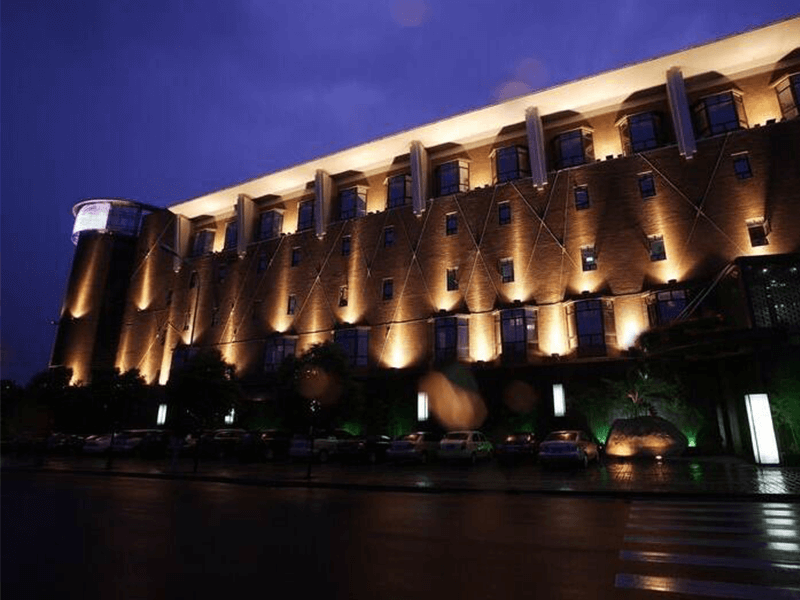These are known for creating a welcoming and inviting atmosphere. They are commonly used in retail displays, restaurants, and hospitality settings where a warm and cozy ambiance is desired. The gentle and welcoming radiance of 3000K LEDs fosters a comfortable atmosphere, encouraging customers to linger and enriching their shopping or dining experience.
Ideal for offices, retail stores, and educational institutions, 4000K LEDs balance clarity and ambiance. They provide a neutral white light that enhances visibility without compromising on comfort.
In office spaces, 4000K LEDs can promote productivity by providing adequate brightness while maintaining a comfortable working environment.
Retail stores ensure accurate color rendering for product displays, making merchandise look vibrant and appealing to customers.
Educational institutions also benefit from 4000K LEDs as they create a conducive learning environment with clear visibility and balanced lighting.
These LEDs offer intense illumination, making them suitable for tasks that require detailed work.
In retail settings, 5000K LEDs are used for accurate color rendering capabilities, ensuring that products appear true to color and attractive to customers.
They also create a vibrant atmosphere in commercial spaces like shopping malls, boutiques, and showrooms. The bright and clear light of 5000K LEDs enhances visibility and makes spaces feel lively and dynamic.
Known for their high visibility and focus, 6000K LEDs are ideal for task-oriented areas in commercial and retail environments. They are commonly used in showrooms, art galleries, and environments that require daylight-like quality.
The crisp and clear light of 6000K LEDs enhances the visibility of details, making them suitable for showcasing products, artwork, and exhibits.
They also create a professional and well-lit environment in offices and workspaces where tasks demand high concentration levels and precision.
Each LED color temperature offers unique benefits and is strategically used in commercial and retail settings to create the desired ambiance, enhance visibility, and improve overall functionality.
